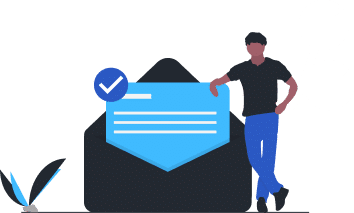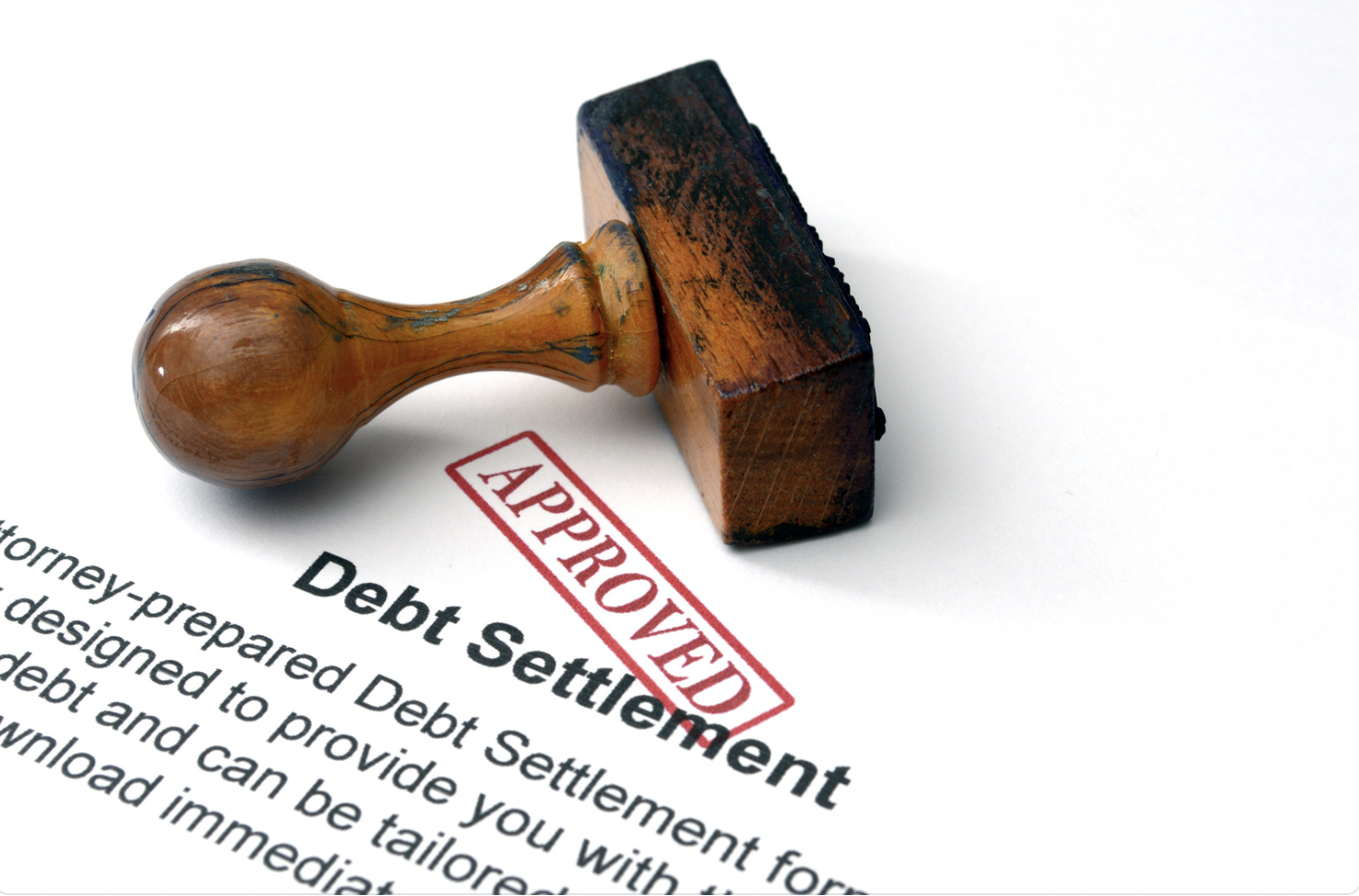Struggling to repay your EIDL loan? You’re not alone — and recent changes to the SBA’s Offer in Compromise program may have just closed the door on one of the few relief options available.
For many small business owners facing financial hardship, settling their EIDL debt for less than the full amount once seemed like a viable path forward. But with the SBA quietly pulling back its compromise program, borrowers are left wondering what’s next.
Here’s what you need to know about where the program stands now, and what your options are if repayment feels out of reach.
Has the SBA Ended the EIDL Offer in Compromise Program?
The U.S. Small Business Administration (SBA) has not officially terminated the Offer in Compromise (OIC) program for Economic Injury Disaster Loans. However, the program remains largely inaccessible.
In particular, the SBA continues to accept OIC applications for COVID-19 EIDLs, but stringent eligibility criteria apply:
- Business Closure: The business must have permanently ceased operations.
- Asset Liquidation: All business assets must have been liquidated following SBA guidelines.
- Financial Documentation: Applicants must submit detailed financial statements, including SBA Form 1150 (Offer in Compromise) and SBA Form 770 (Financial Statement of Debtor).
Even so, there have been no confirmed approvals of OIC applications for COVID-19 EIDLs recently. This suggests that while the program exists on paper, it is not effectively operational for EIDL borrowers.
Overview of Economic Injury Disaster Loans (EIDL)
An Economic Injury Disaster Loan is a program administered by the SBA that provides low-interest loans to small businesses, nonprofits, and agricultural businesses experiencing a temporary loss of revenue due to a declared disaster.
The purpose of an EIDL is to help a business meet its key financial obligations (like payroll, rent, utilities, and debt payments) during periods when they are impacted by a disaster, such as a hurricane, flood, wildfire, or pandemic (like COVID-19).
Loan amounts are typically up to $2 million, based on economic injury and financial needs, with interest rates that are typically lower than conventional loans. The loan terms can extend up to 30 years, and loans over $25,000 usually require collateral.
What Is the EIDL Offer in Compromise?
The Offer in Compromise is a relief option provided by the SBA that allows borrowers who are unable to repay their EIDL debt to settle the loan for less than the total outstanding balance.
Not all OIC proposals are accepted; SBA approval is discretionary and based heavily on the ability for a business to demonstrate hardship and the inability to repay its loan.
Why Did the SBA Shut Down the Program?
The SBA hasn’t officially shut down the OIC program, but it has made it tough for businesses to qualify for relief. For one, under the leadership of Administrator Kelly Loeffler, the SBA has adopted a stricter approach to debt repayment.
Additionally, to qualify for an OIC, borrowers need to demonstrate that their business has permanently closed, all assets have been liquidated, and they lack the financial capacity to repay the loan in full. These rigorous criteria make it challenging for many borrowers to qualify.
Key Drawbacks and Challenges Businesses Now Face
Considering that the SBA’s Offer in Compromise program is so tough to get approved for, businesses struggling with EIDL debt can face several roadblocks.
- Increased risk of loan default: Without a clear pathway to settle debts, many businesses are more likely to default on their loans.
- Financial instability: High monthly EIDL loan repayments can strain cash flow. This may potentially force businesses to limit growth, cut staff or payroll, delay payments to vendors or suppliers, and more.
- Personal liability concerns: EIDL loans over $200,000 required personal guarantees. Business owners who can’t repay their debt may face personal financial risks, including the potential loss of personal assets.
- Reduced business valuation: High outstanding debt negatively impacts a business’s value, making it challenging to attract investors, sell, or secure future financing.
- Legal and administrative challenges: Without a clear resolution through OIC, businesses have to find a way to manage complicated negotiations and legal processes. This can mean increased legal and consulting expenses, as well as time and attention diverted away from core business operations.
What Can Business Owners Do Now?
Even if you can’t qualify for an OIC, you have several alternative loan modification options to to consider.
1. SBA Hardship Accommodation (Modified Version)
The original Hardship Accommodation Plan (HAP) ended in March 2025, but there is a limited version available.
Borrowers can request a one-time payment reduction, temporarily cutting monthly payments by 50% for up to six months. To be eligible, you must meet the following requirements:
- Loan must be less than 120 days past due.
- Cannot have participated in prior hardship plans.
- Must provide documented evidence of financial hardship.
2. Loan Deferment or Forbearance
The SBA may consider temporary deferment or forbearance, which involves pausing or significantly reducing monthly loan payments for a limited period. Keep in mind that interest continues accruing during deferment. It also generally requires proof of temporary financial difficulties and an actionable recovery plan.
3. Extended Repayment Terms
The SBA may approve extended repayment periods, which helps lower monthly payments by spreading them out over a longer term (up to 30 years total). This option provides immediate relief on monthly cash flow, but it could result in higher total interest payments over the life of the loan.
4. Partial Interest Payments
With this option, you temporarily pay only the interest component of the loan in order to reduce your monthly financial burden until the business stabilizes. If approved, it’s typically a short-term measure (3-6 months). It also requires negotiation and SBA approval based on financial hardship documentation.
5. Bankruptcy
If modification and restructuring options aren’t viable, Chapter 7 or Chapter 11 bankruptcy may be a last resort option.
Steps to Navigate Financial Challenges Without the EIDL Compromise
If you can’t afford to repay your EIDL, the first step is to assess your financial situation — whether your business is still operating, whether you signed a personal guarantee, and whether you can afford even partial payments.
If you’re still operating but struggling, you may qualify for a one-time, six-month payment reduction through the SBA’s current hardship program. You can request this by emailing CESC@sba.gov with your loan number, hardship explanation, and financial documentation.
If your business has permanently closed and you’ve liquidated all assets, you may technically be eligible for an Offer in Compromise, but as of 2025, the SBA has not been actively approving these requests.
If repayment is truly impossible and you’re facing insolvency, bankruptcy may be a viable option.
Throughout this process, it’s important to maintain communication with the SBA, keep detailed records, and consult professionals like SBA loan attorneys or accountants to explore your best path forward. Taking proactive steps can help you avoid default, collections, and further financial harm.
Moving Forward Without the EIDL Offer in Compromise
If you’re struggling with EIDL debt, immediately contact the SBA to discuss eligibility for a loan modification process.
You should also reach out to an attorney with experience helping business owners manage SBA debt.
At Tayne Law Group, we offer a no-obligation phone consultation to get to know your business and its challenges. One of our experienced attorneys may then discuss potential strategies to get a resolution on your EIDL debt. Call us today toll-free at (866) 890-7337 or fill out our short contact form.





